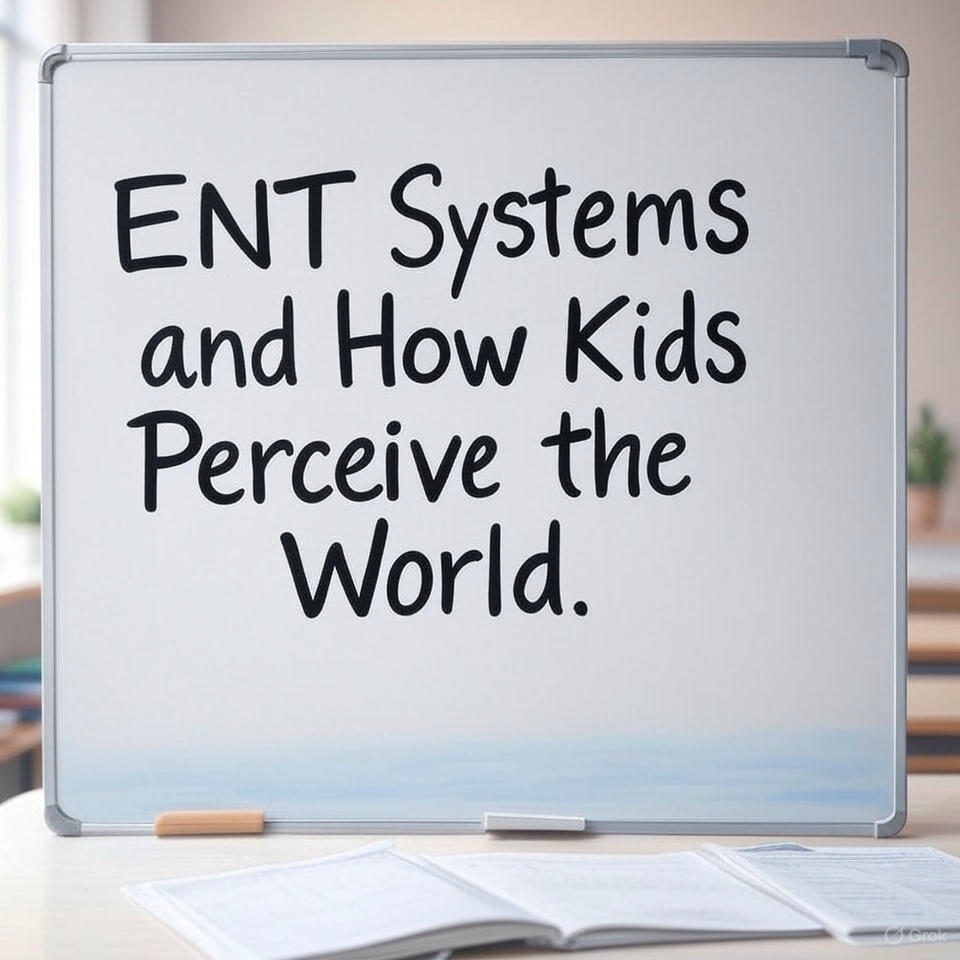Tiny Troubles, Big Changes: ENT Systems and How Kids Perceive the World

Children experience the world in a quiet, unnoticed way. What appears like a temporary cough, stuffy nose or repeated voice can guide how they grow, think and speak. HN systems – the ears, nose and neck – are small, but they lay the basis for how a child interacts with everything around them.
The ear: sound, stability and the first lessons
How to listen to the door to understanding
- Listening is the first language teacher of a child. Before you speak, you absorb sound, rhythm and emotions from any surrounding noise.
- Soft delays when listening can lead to breastfeeding delays in the speech. Children may not be clearly pronounced or understand social information if they had frequently, unnoticed ear blocks.
The balance begins deep in the ear
- The vestibular system is like an inner compass. It helps children know what their feet are and how to stay calm on a bike or a balancing beam.
- Children with minor vestibular disorders can often stumble. What looks like awareness is your body, who tries to catch up with your inner balance.
The nose: memory, breathing and emotional anchors
Smoking relationships with emotions and identity
- Smells create emotional fingerprints. A child can connect Grandma’s house to cinnamon or feel calm before going to bed because she has a favorite lotion.
- A blocked nose can influence emotional security. Without proper care, children can feel restless or separate if their sense of smell is impaired.
Breathing through the nose helps more than just breathing
- The nasal breathing offers steady oxygen flow. This helps with intellectual clarity, sleep quality and daily focus.
- The breathing of mouth can signal to the underlying ENT problems. This can mean that the nose passages are blocked and tacitly affect growth or calm.
The neck: language, identity and food
The language begins with comfort
- Discomfort in the throat can hesitate to speak. You can avoid words, whispered instead of screaming, or seem to have been withdrawn in conversation.
It’s not as easy as it seems to live
- A symphony of muscles to eat is needed. The tongue, neck and airways work together to safely transport food.
Sensory growth: the symphony of working together HNO systems
The noise, smell and language must work together
- Children use all three ENT senses to construct their reality. You communicate through speaking, use smell to find your way and use the hearing to understand.
- Even a small problem in one area changes the entire experience. A blocked ear can lead to a poor pronunciation while a dry neck affects trust.
The behavior reflects which words cannot explain
- Children don’t always say what hurts – they show it. You can cry more, avoid crowds or act during meals.
- Many emotional reactions follow back to calm ENT problems. They do not act; They react to invisible complaints.
Growing up: Change of ENT needs and identity formation
Changes develop from baby to teen
- The voice deepens, allergies appear and the sound sensitivity changes. These are of course, but they change the way children experience their world.
- Esirip is a moving goal. What was not a problem at the age of 5 could appear at the age of 12.
One voice is not just a sound-it is self-expression, it
- The voice of a child is part of their identity. Whether loud, high or scratchy – it is how you tell the world who you are.
- If HN problems change your voice, your personality seems to change. It’s not just physical – it is deeply emotional.
Environment meets biology: How the environment formulates the answers
Everyday factors influence the Ent function
- Noise levels, air quality and allergens are important. A child who lives near traffic can be exposed to constant background noise. Another dust can have frequent nasal irritation.
- Small environmental shifts can support well -being.
Family history and ENT characteristics
- Some HNO sensitivities are inherited. A child with a parent who is susceptible to sinus problems can have similar symptoms.
- Experience normalizes the recognition of heromy characteristics. It helps families to prepare, not in panic.
Diploma
Ent Care plays a calm but powerful role in the growth of children and combines with the world around them. This care influence listening, memory, emotions and self -expression of a child as well as the control of body processes. When we find out how health influences early development, we get a deeper appreciation for the way children learn, form bonds and find their voice.
FAQs about ENT care in child development
1. What are the subtle signs of HNO complaints in children? Children could avoid loud places, chew difficulties, breathe loudly or speak less while sleeping – these signs indicate the ENT sensitivity.
2. Can the learning of a child to be influenced by ENT problems? Absolutely. Problems with hearing or sleeping due to nasal overload can affect focus, language development and teaching.
3. Why is the sense of smell so strong in childhood? The sense of smell connects directly with memory and emotions. Children form deep associations with scents that help them feel safe or careful.
4. How does the neck affect daily childhood behavior? The neck influences voice, food and communication. If something does not happen, it can show as irritability, silence or electoral food.





